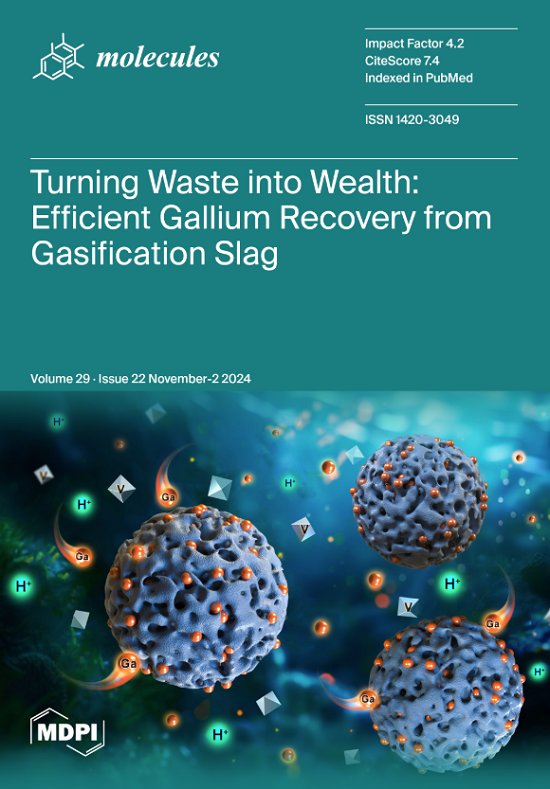Carbon Quantum Dots: Properties, Preparation, and Applications
IF 4.6
2区 化学
Q2 BIOCHEMISTRY & MOLECULAR BIOLOGY
引用次数: 0
Abstract
Carbon quantum dots are a novel form of carbon material. They offer numerous benefits including particle size adjustability, light resistance, ease of functionalization, low toxicity, excellent biocompatibility, and high-water solubility, as well as their easy accessibility of raw materials. Carbon quantum dots have been widely used in various fields. The preparation methods employed are predominantly top-down methods such as arc discharge, laser ablation, electrochemical and chemical oxidation, as well as bottom-up methods such as templates, microwave, and hydrothermal techniques. This article provides an overview of the properties, preparation methods, raw materials for preparation, and the heteroatom doping of carbon quantum dots, and it summarizes the applications in related fields, such as optoelectronics, bioimaging, drug delivery, cancer therapy, sensors, and environmental remediation. Finally, currently encountered issues of carbon quantum dots are presented. The latest research progress in synthesis and application, as well as the challenges outlined in this review, can help and encourage future research on carbon quantum dots.碳量子点:特性、制备和应用
碳量子点是一种新型碳材料。碳量子点具有粒度可调、耐光、易功能化、低毒性、良好的生物相容性和高水溶性等诸多优点,而且原材料易于获取。碳量子点已被广泛应用于各个领域。其制备方法主要有电弧放电、激光烧蚀、电化学和化学氧化等自上而下的方法,以及模板、微波和水热技术等自下而上的方法。本文概述了碳量子点的性质、制备方法、制备原料和杂原子掺杂,并总结了其在光电子学、生物成像、药物输送、癌症治疗、传感器和环境修复等相关领域的应用。最后,介绍了碳量子点目前遇到的问题。本综述所概述的合成和应用方面的最新研究进展以及面临的挑战,有助于并鼓励未来的碳量子点研究。
本文章由计算机程序翻译,如有差异,请以英文原文为准。
求助全文
约1分钟内获得全文
求助全文
来源期刊

Molecules
化学-有机化学
CiteScore
7.40
自引率
8.70%
发文量
7524
审稿时长
1.4 months
期刊介绍:
Molecules (ISSN 1420-3049, CODEN: MOLEFW) is an open access journal of synthetic organic chemistry and natural product chemistry. All articles are peer-reviewed and published continously upon acceptance. Molecules is published by MDPI, Basel, Switzerland. Our aim is to encourage chemists to publish as much as possible their experimental detail, particularly synthetic procedures and characterization information. There is no restriction on the length of the experimental section. In addition, availability of compound samples is published and considered as important information. Authors are encouraged to register or deposit their chemical samples through the non-profit international organization Molecular Diversity Preservation International (MDPI). Molecules has been launched in 1996 to preserve and exploit molecular diversity of both, chemical information and chemical substances.
 求助内容:
求助内容: 应助结果提醒方式:
应助结果提醒方式:


